Kiev Russar MR-7 6.3/60 Serial No: 0000001 (0000011) Optic: G internal dust Mount: Prototype Kiev Reporter 6 x 9 Camera Notes: This unusual and extremely rare lens is a prototype built for the Russian KMZ built camera called the Reporter (Репортер), a 6x9 folding rangefinder camera released in 1960, intended for Russian photojournalists – no doubt one of the higher end cameras available for the domestic Russian market. Those familiar with Russian optics will recognise the Russar name from the Russar MR-2, a highly popular 20mm M39 mount lens that is known for its fantastic performance. What is less commonly known, is the MR-2 is but one of a large range of Russar lenses, all based on the same design principles, established by Soviet mathematician and optician Michael Michaelovitch Roosinov in 1946. The Russar series might first be assumed to be copies of Zeiss designs, namely the Topogon, but unlike many other Soviet lenses, the Russar is in unique and original design. It is similar to the Topogon design, but with greatly improved corner brightness for a given field of view and aperture, owing to extra correcting elements between the radically curved symmetrical outer elements. In fact, the work done by Roosinov was of great influence on subsequent post-war Zeiss designs, notably the legendary Biogon. The Russar was primarily created for use as an aerial lens with an extremely wide field of view and minimal distortion owing to its symmetrical design, ideal for use in aerial photogrammetry and mapping applications. The 60mm f6.3 of this prototype lens means it is likely based on the Russar-49 aerial lens of the same focal length and aperture, albeit with a smaller angle of view, likely mechanically limited by the shutter. Most of the Russar series lenses are in this aerial use category, most covering the 18x18cm and 8x8cm formats common in Russian aerial photography, and some represent the most extreme wide angle rectilinear lenses ever created with viewing angles in excess of 140 degrees. Aside from aerial use, there are some interesting and notable applications of the Russar design. One novel use of the Russar and related designs is a classic cold war one… With their extremely short flange distances and lack of distortion, they allowed creation of miniature covert cameras to photograph large spaces, or copy documents at very close distances – both extremely useful characteristics for the KGB’s concealed espionage devices. Another is the 6.7mm 103 degree Russar MR-4, a tiny TV size lens for the 12x12mm format. Due to their extreme front and rear elements, the lenses were extremely difficult to manufacture, and as such, exist in relatively small numbers outside of the MR-2 M39 lens. This is the only Russar ever available in a shutter – and would be ideal for use on a 6x9 or potentially even 6x12 view camera, with a suitable custom mounting. Mounted to the original Reporter body, it would be a fantastic and incredibly unusual combination.
Kiev Russar MR-7 6.3/60 Serial No: 0000001 (0000011) Optic: G internal dust Mount: Prototype Kiev Reporter 6 x 9 Camera Notes: This unusual and extremely rare lens is a prototype built for the Russian KMZ built camera called the Reporter (Репортер), a 6x9 folding rangefinder camera released in 1960, intended for Russian photojournalists – no doubt one of the higher end cameras available for the domestic Russian market. Those familiar with Russian optics will recognise the Russar name from the Russar MR-2, a highly popular 20mm M39 mount lens that is known for its fantastic performance. What is less commonly known, is the MR-2 is but one of a large range of Russar lenses, all based on the same design principles, established by Soviet mathematician and optician Michael Michaelovitch Roosinov in 1946. The Russar series might first be assumed to be copies of Zeiss designs, namely the Topogon, but unlike many other Soviet lenses, the Russar is in unique and original design. It is similar to the Topogon design, but with greatly improved corner brightness for a given field of view and aperture, owing to extra correcting elements between the radically curved symmetrical outer elements. In fact, the work done by Roosinov was of great influence on subsequent post-war Zeiss designs, notably the legendary Biogon. The Russar was primarily created for use as an aerial lens with an extremely wide field of view and minimal distortion owing to its symmetrical design, ideal for use in aerial photogrammetry and mapping applications. The 60mm f6.3 of this prototype lens means it is likely based on the Russar-49 aerial lens of the same focal length and aperture, albeit with a smaller angle of view, likely mechanically limited by the shutter. Most of the Russar series lenses are in this aerial use category, most covering the 18x18cm and 8x8cm formats common in Russian aerial photography, and some represent the most extreme wide angle rectilinear lenses ever created with viewing angles in excess of 140 degrees. Aside from aerial use, there are some interesting and notable applications of the Russar design. One novel use of the Russar and related designs is a classic cold war one… With their extremely short flange distances and lack of distortion, they allowed creation of miniature covert cameras to photograph large spaces, or copy documents at very close distances – both extremely useful characteristics for the KGB’s concealed espionage devices. Another is the 6.7mm 103 degree Russar MR-4, a tiny TV size lens for the 12x12mm format. Due to their extreme front and rear elements, the lenses were extremely difficult to manufacture, and as such, exist in relatively small numbers outside of the MR-2 M39 lens. This is the only Russar ever available in a shutter – and would be ideal for use on a 6x9 or potentially even 6x12 view camera, with a suitable custom mounting. Mounted to the original Reporter body, it would be a fantastic and incredibly unusual combination.
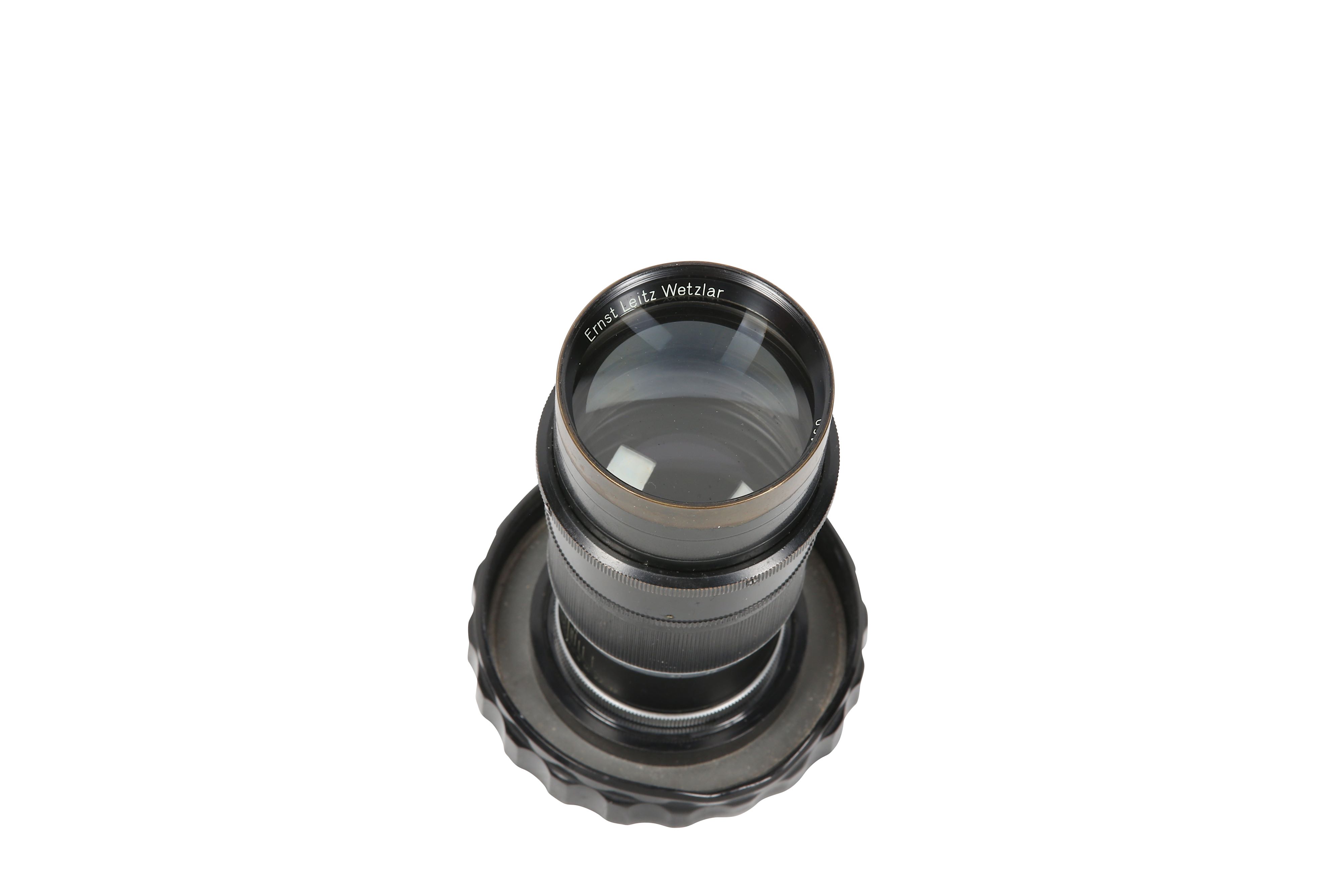
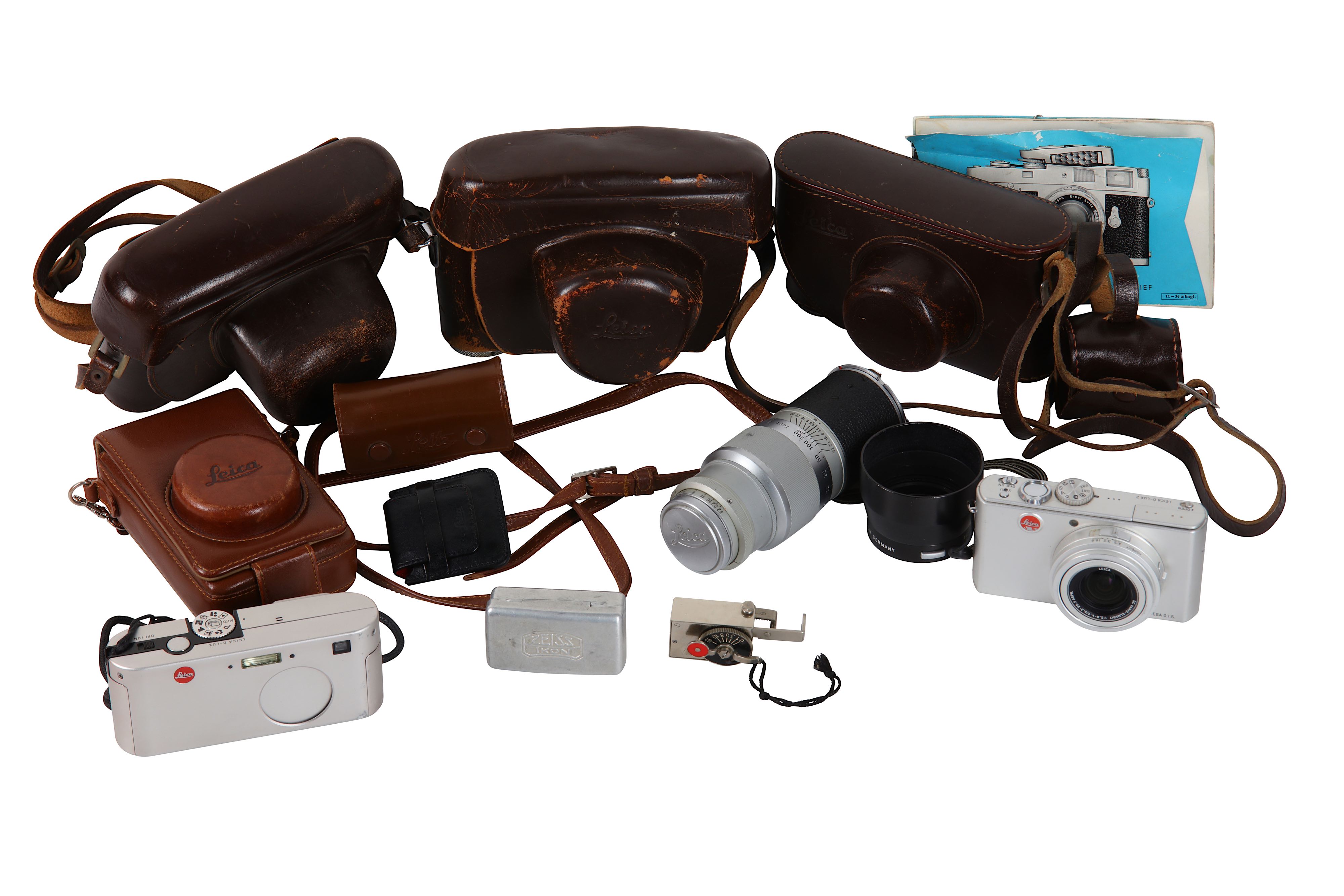
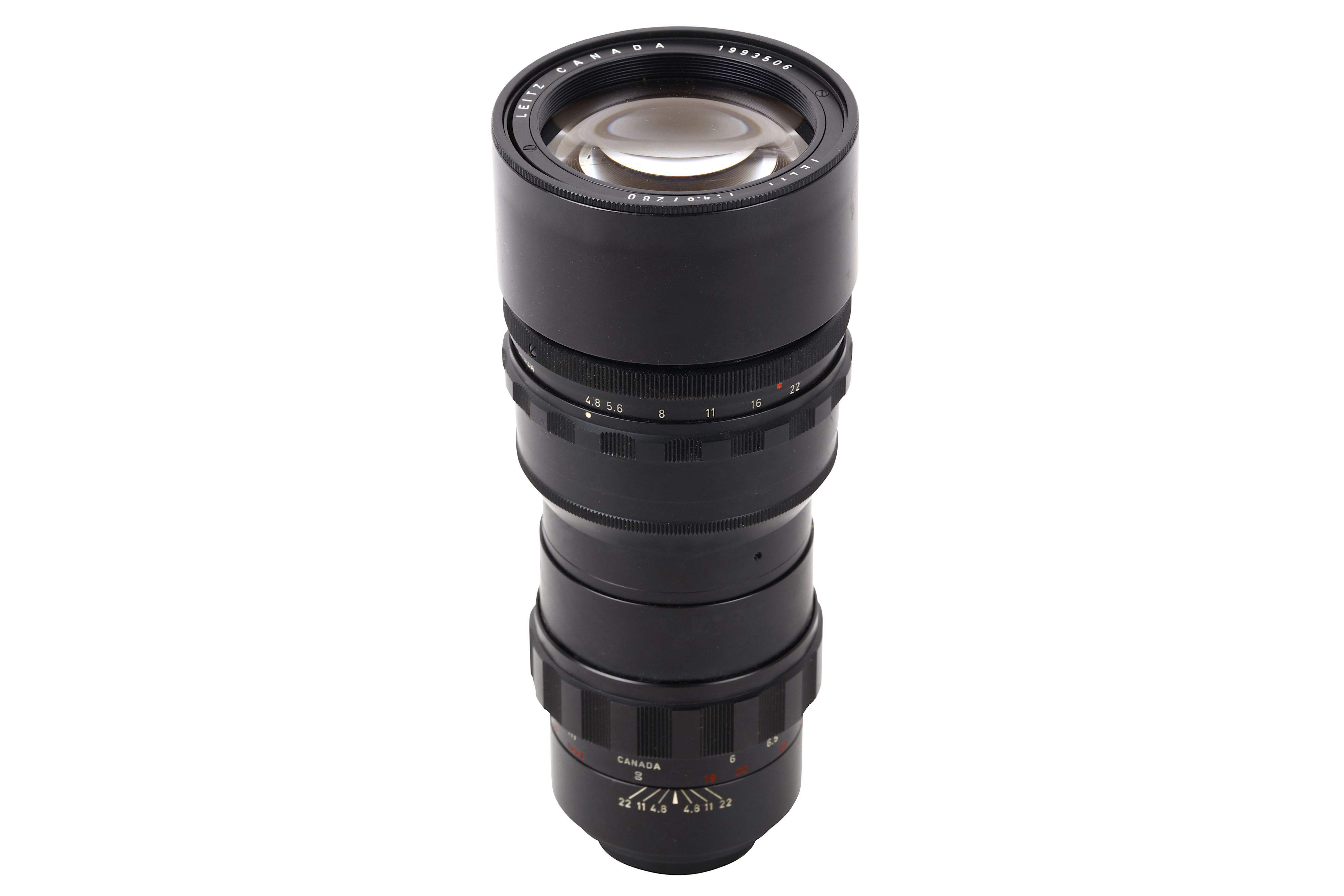
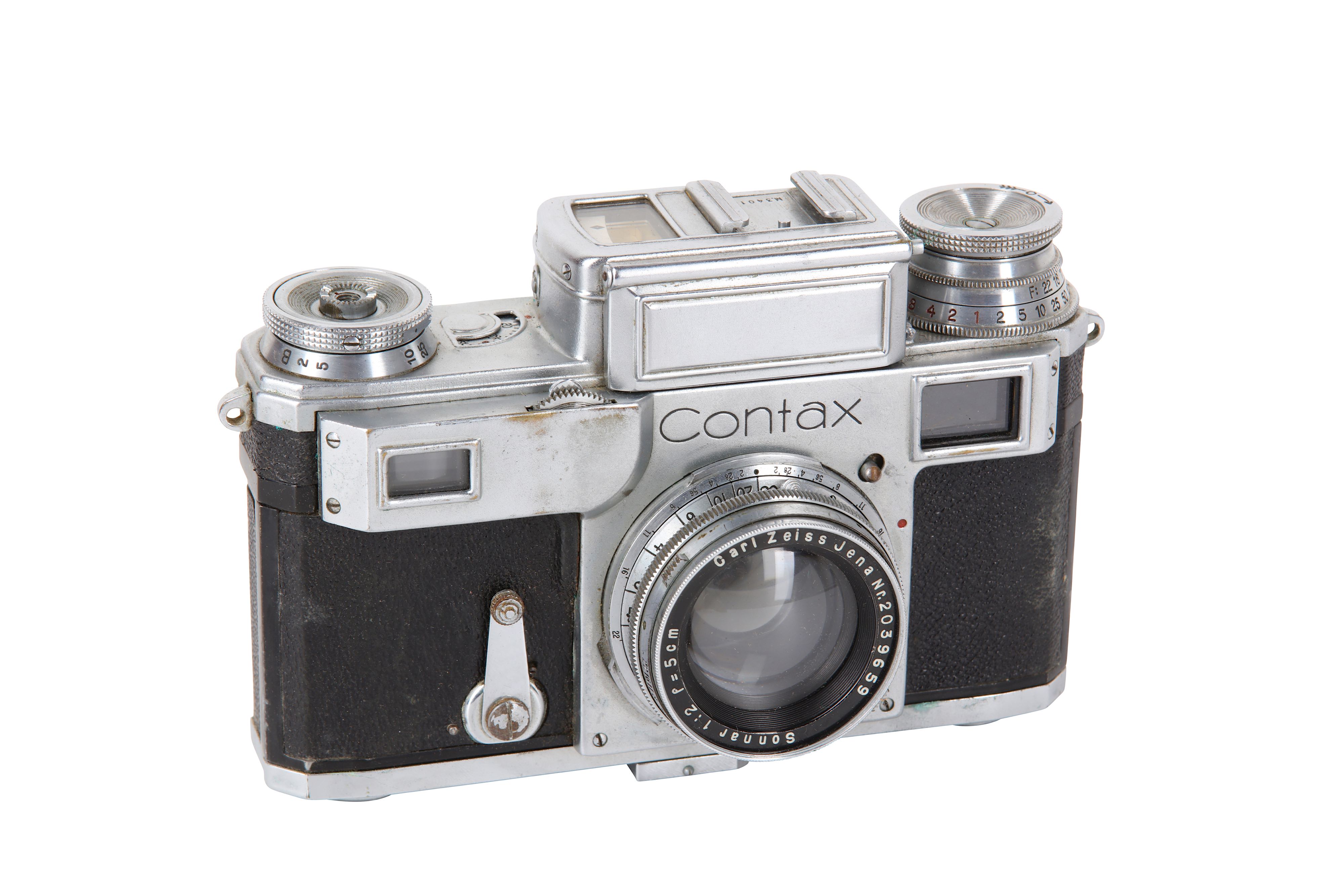

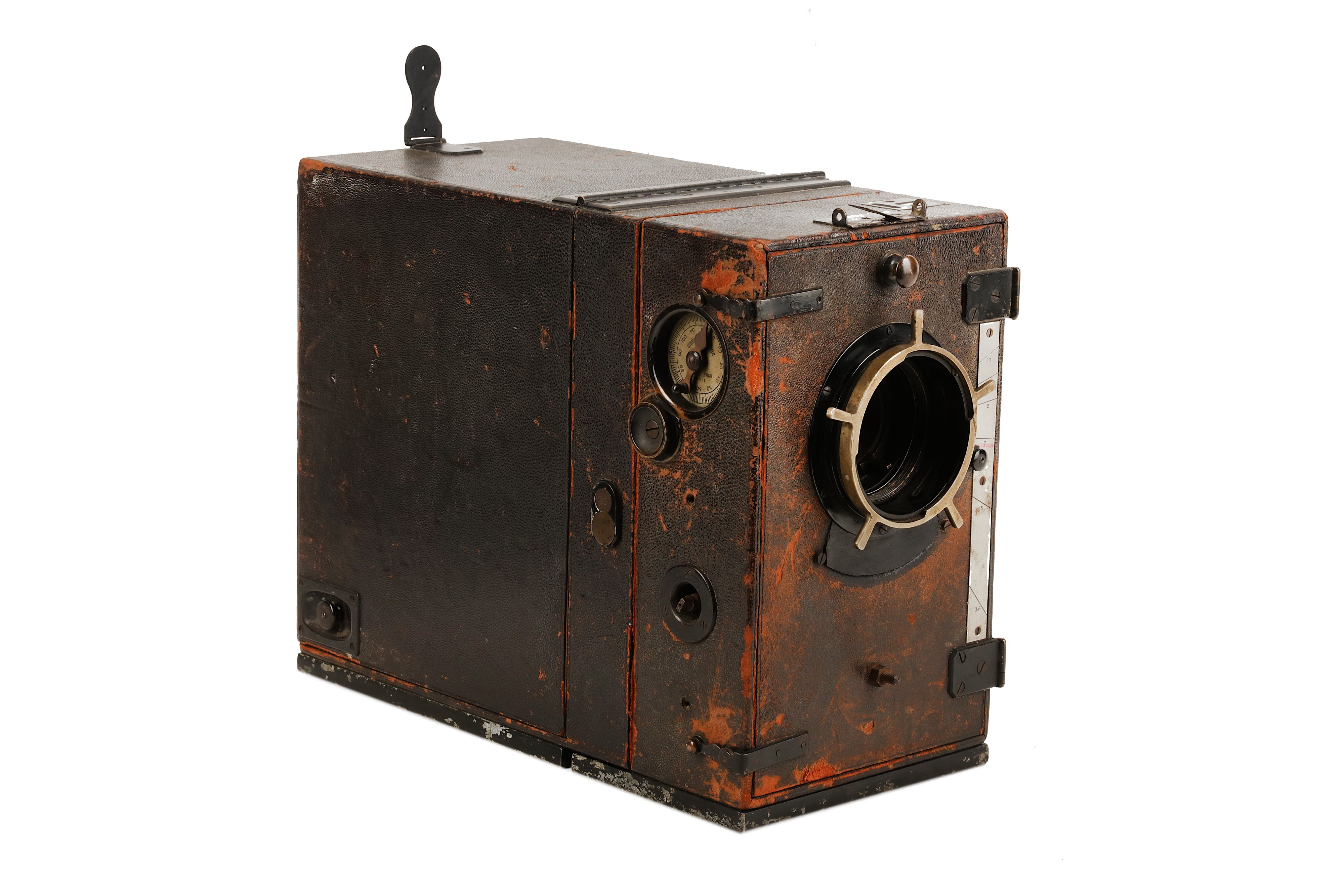
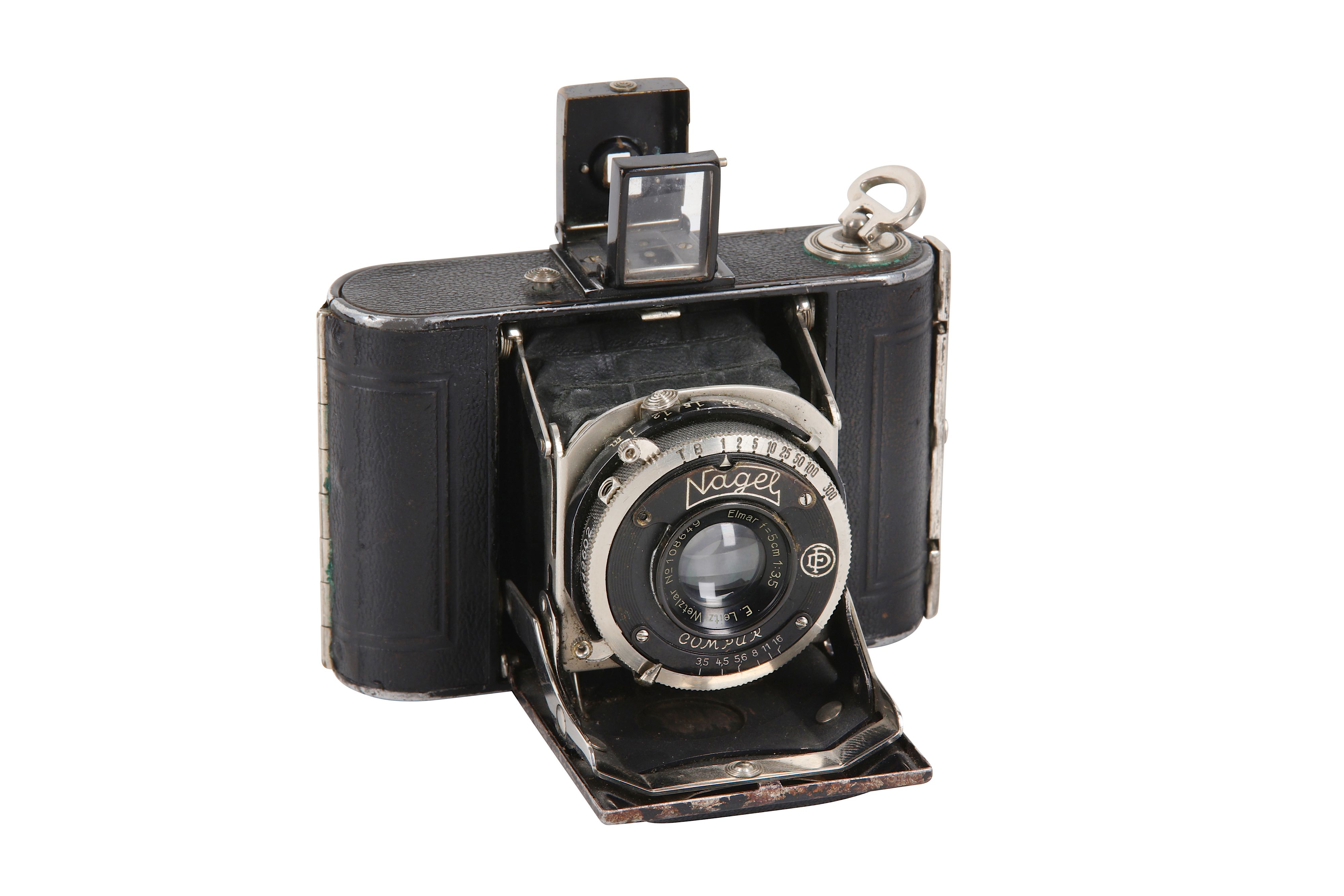
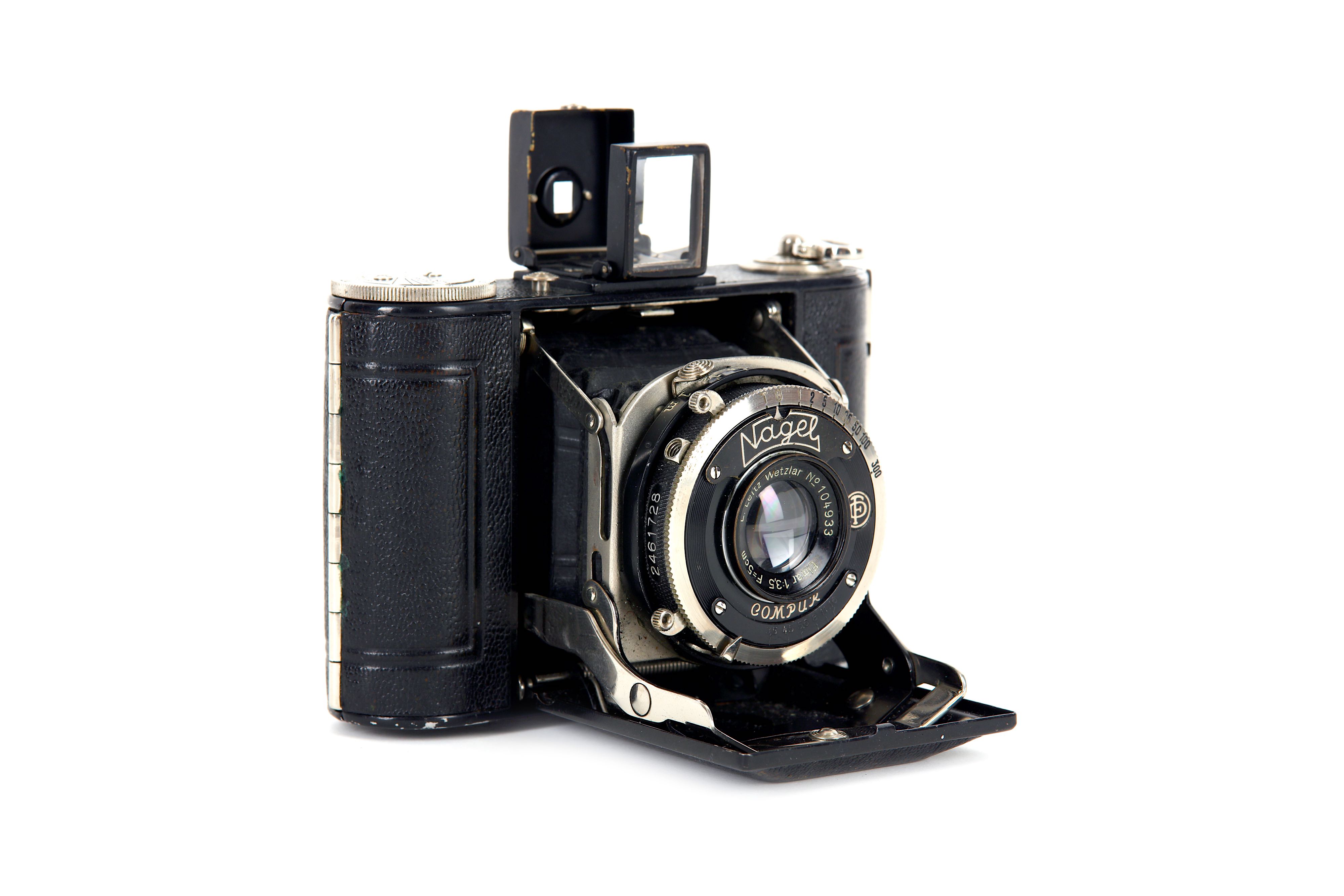
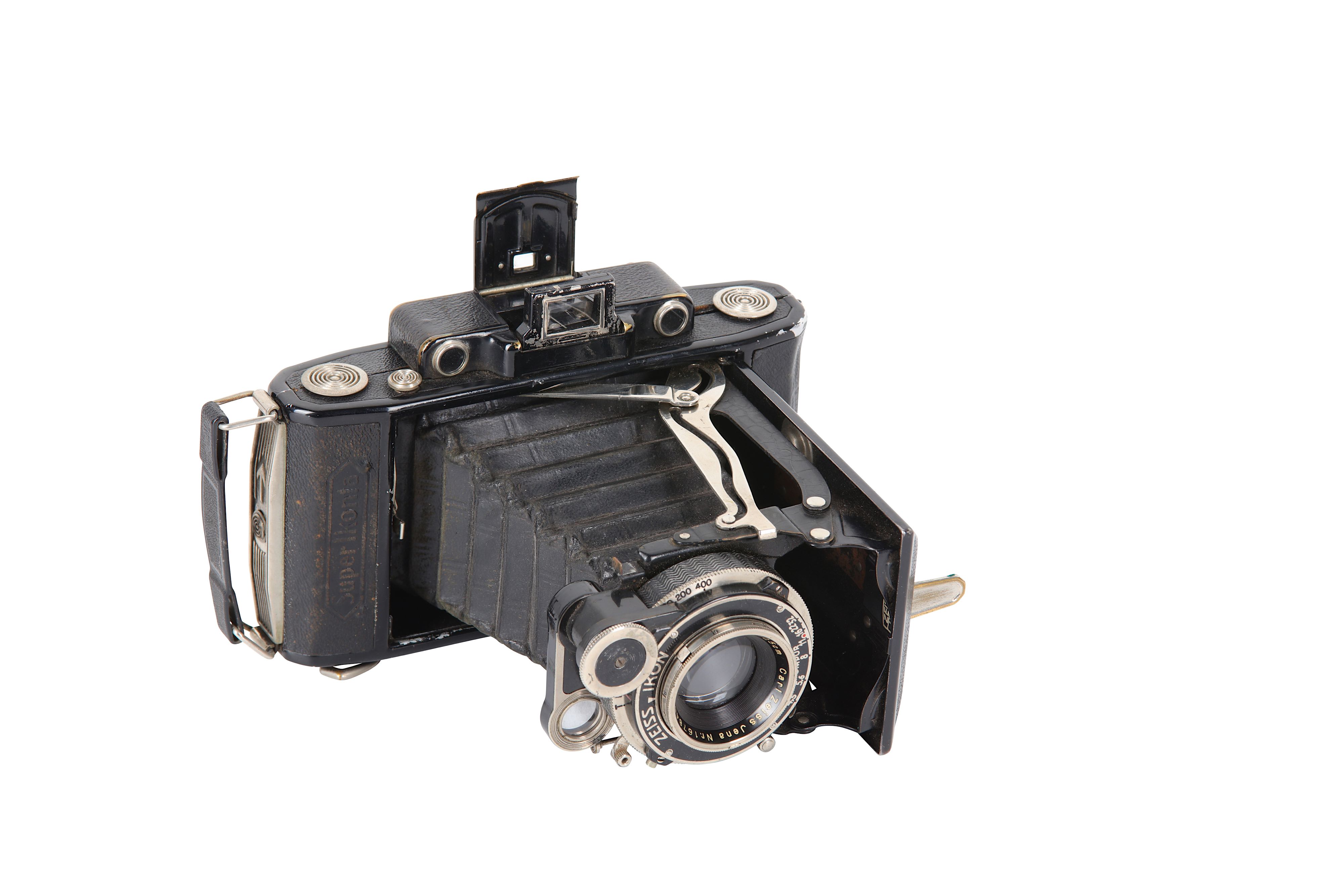

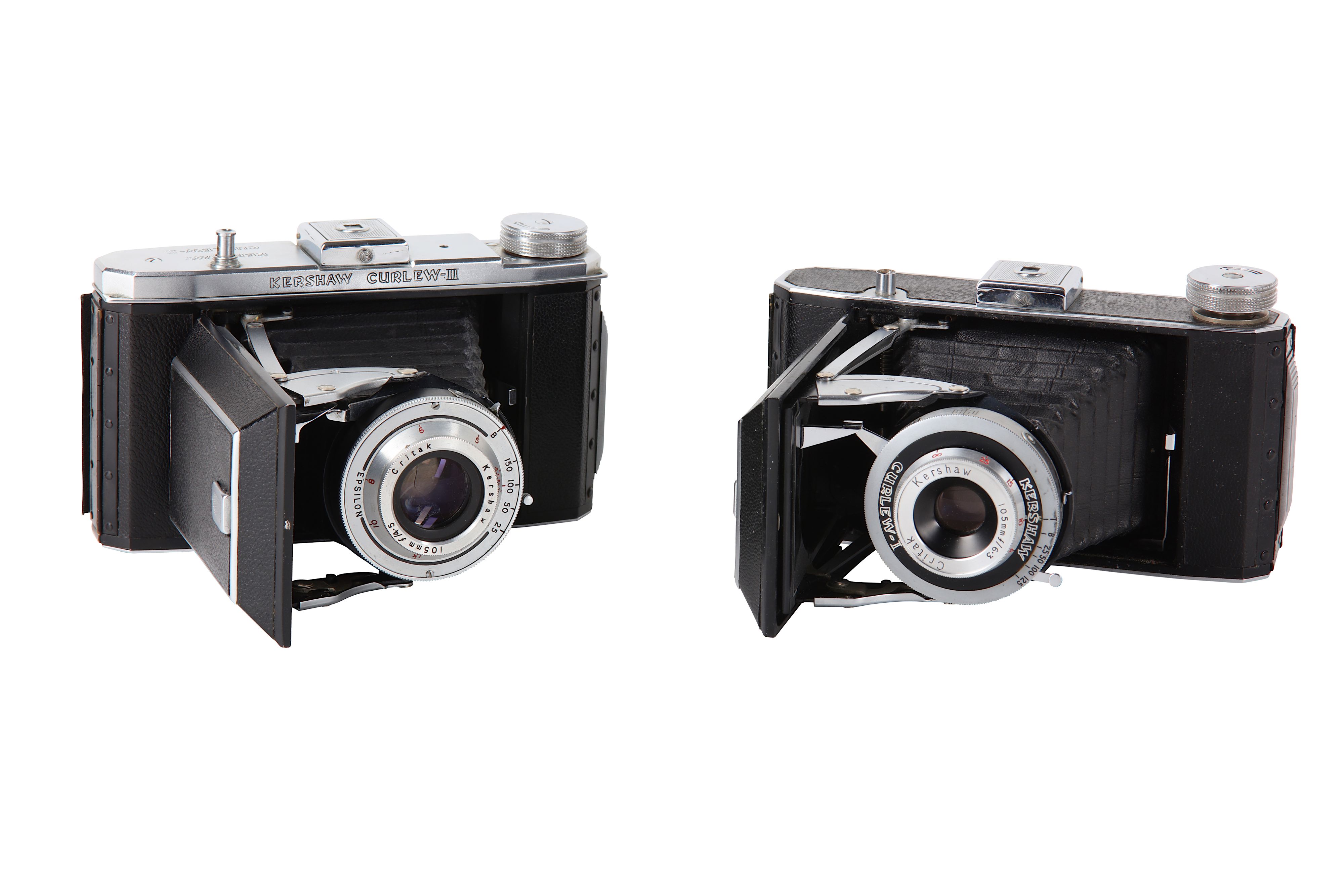
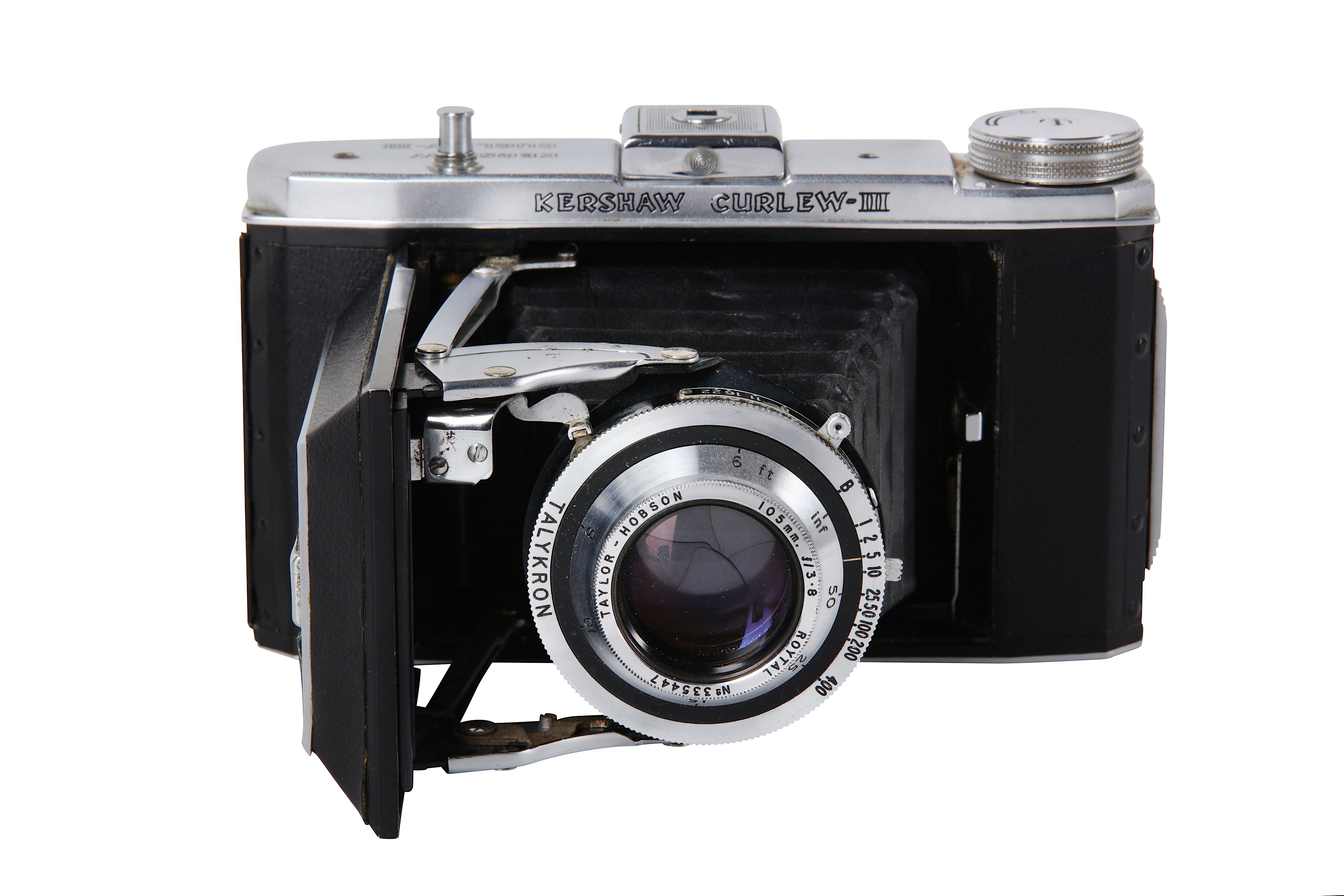
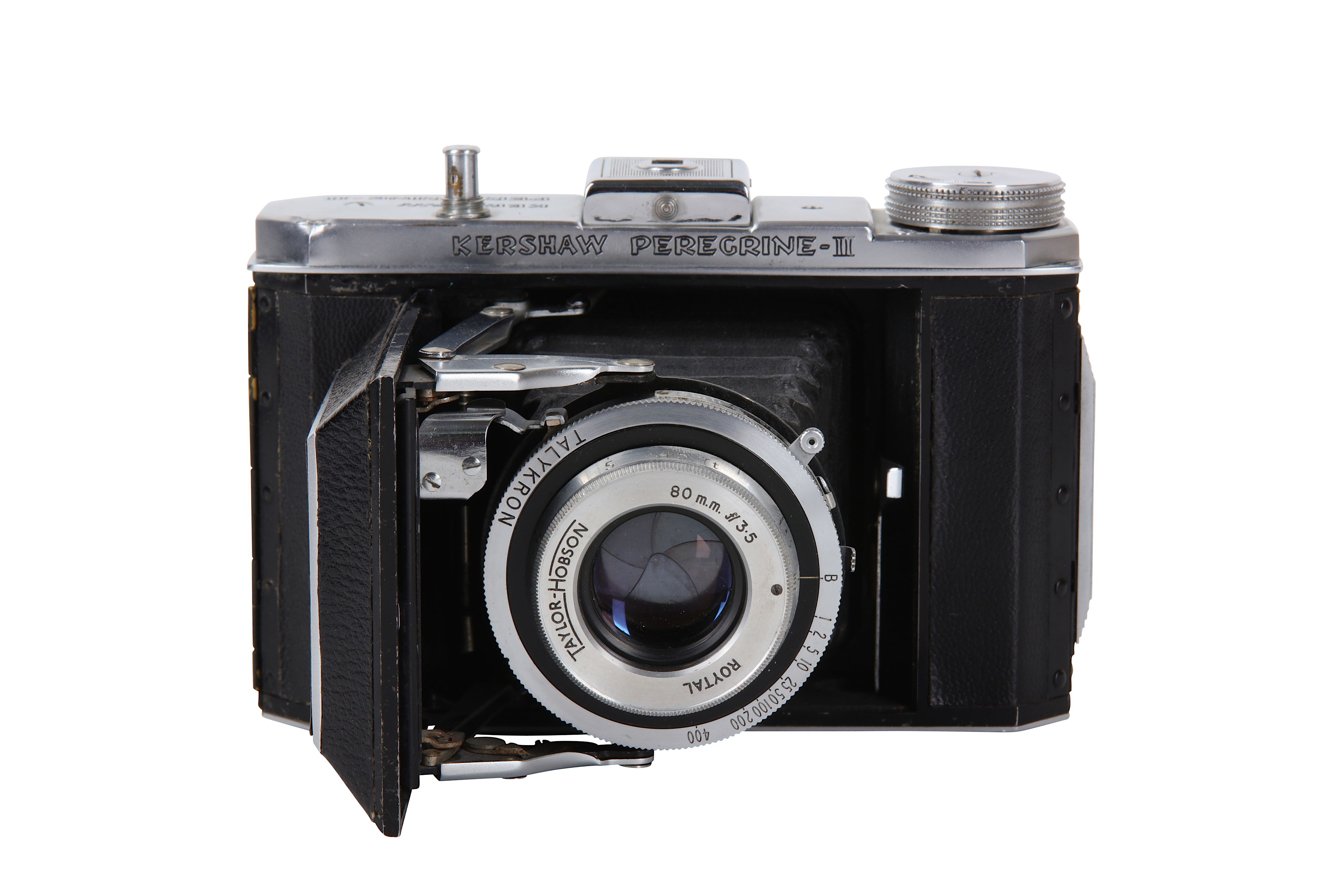
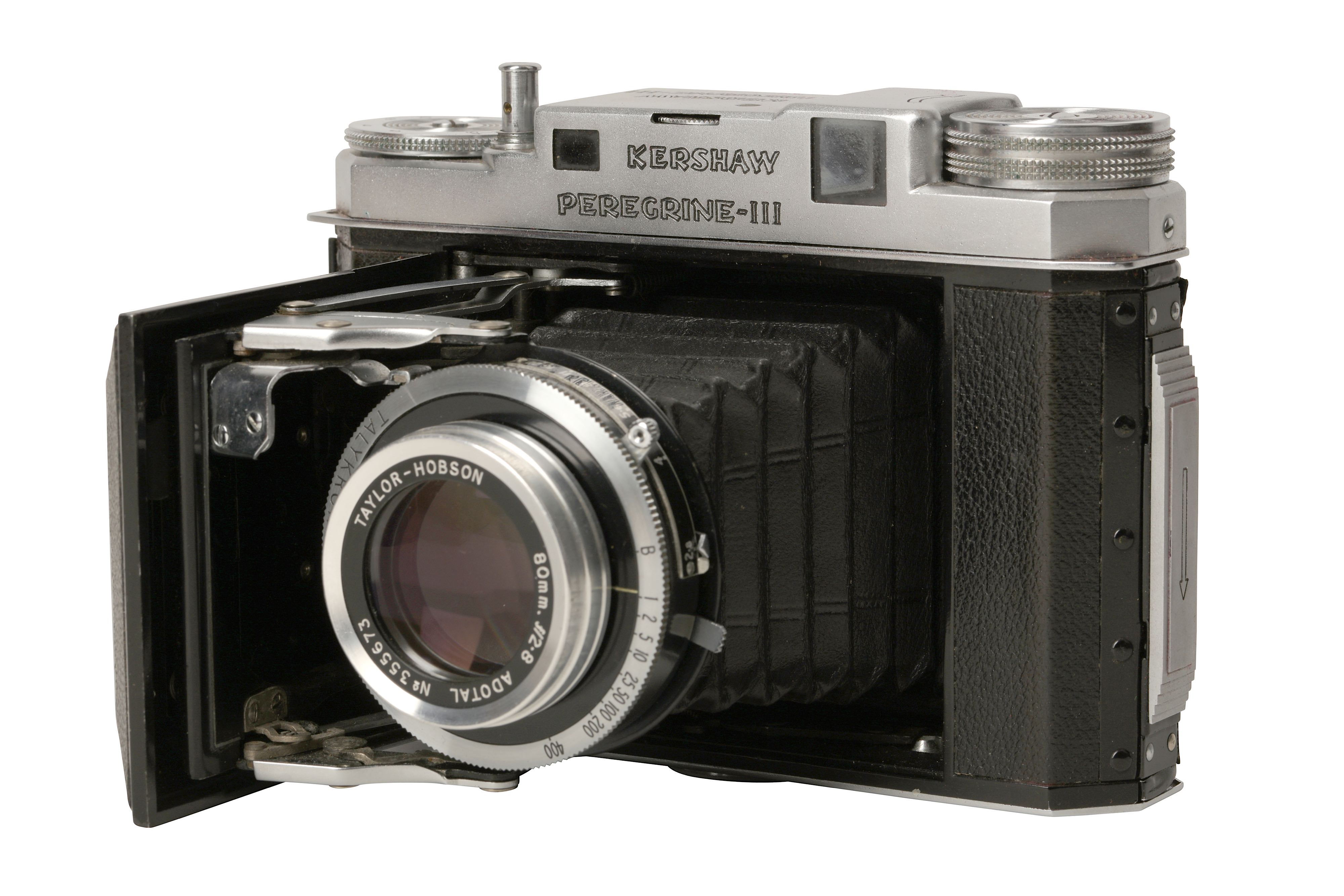
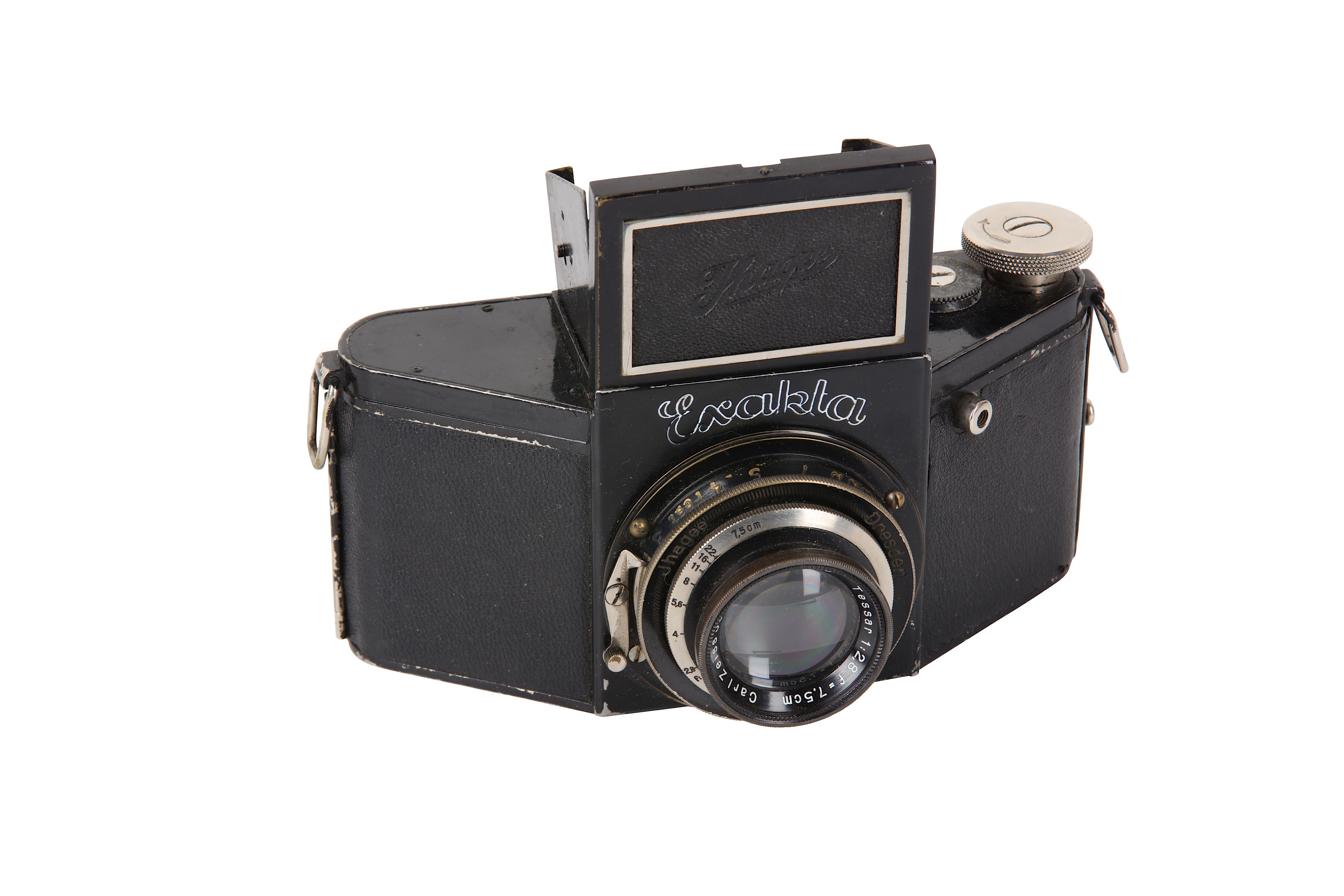
Testen Sie LotSearch und seine Premium-Features 7 Tage - ohne Kosten!
Lassen Sie sich automatisch über neue Objekte in kommenden Auktionen benachrichtigen.
Suchauftrag anlegen